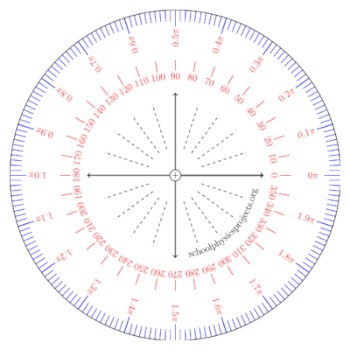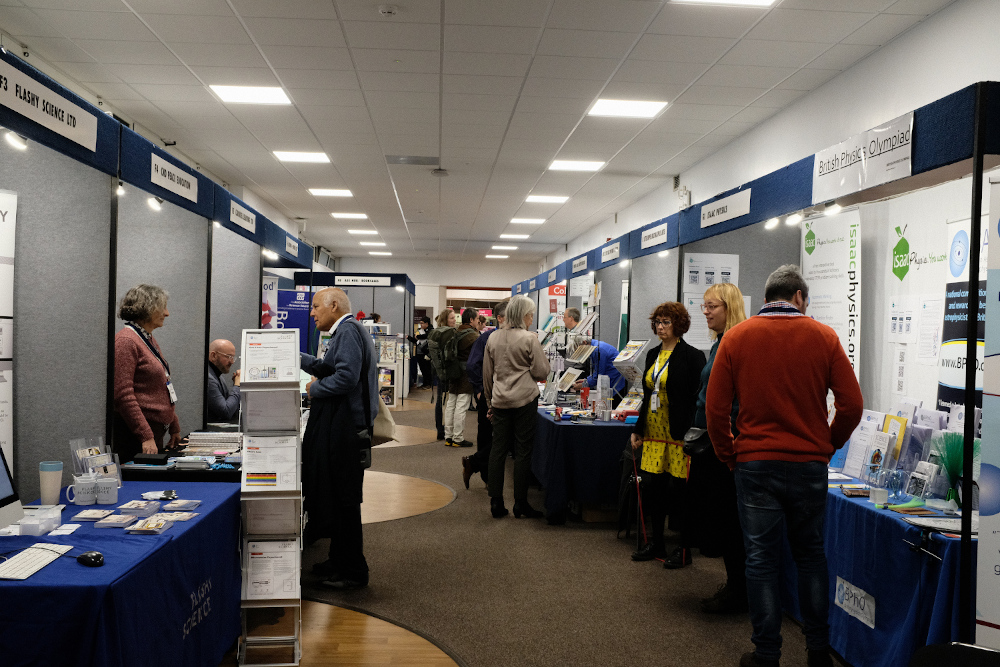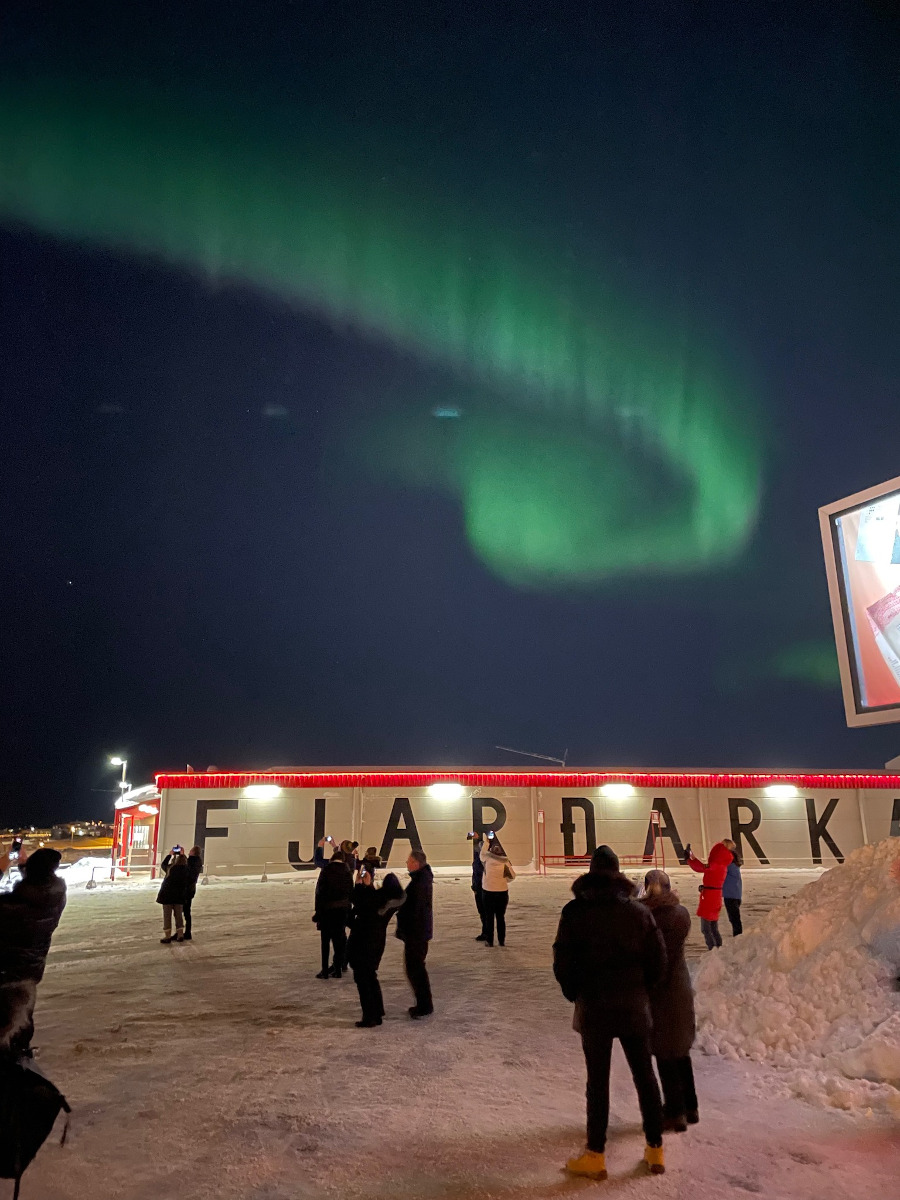|
|
Advanced Physics Projects for School & Home |
|---|---|
| opensource, real science on a budget |
|
|
Advanced Physics Projects for School & Home |
|---|---|
| opensource, real science on a budget |
2025 ... 2024 ... 2023 ... 2022 ... 2021 ... 2020 ... 2019 .. 2018 .. 2017
We have created updated instructions for setting up Obspy on a Raspberry Pi for running long-term geophysics monitors such as the aurora, infrasound and microbarometers on this site. These allow installation of ObsPy on the latest 64-bit Rapbian O.S. based on Debian 11 - 'BookWorm'. These have been tested on Pi-4b & 5.
Have been uploaded to github or may be grabbed from here.
The installation docs for the Infrasound, Microbarometer and Aurora monitors have been updated in line with this.
---------------------------
A couple of people have reported problems with running the geophysics monitoring software lately. I have identified an issue with the obspy seismic libraries under python3 on the latest Raspberry Pi Debian Operating System - Debian 11 'Bookworm'.
The issue seems to be that Debian will not install python libraries, such as obspy, which are not in the debian repositories. Rather such code should be installed in a python virtual environment, sensible from a security and stabilty viewpoint. The simple workaround is to force override of this feature. However I am going with the virtual python environment as it should be a better long-term solution.
Am currently rewriting installation instructions and testing, which should take a few days. I will upload the updated installation instructions to github and post a notification here.
---------------------------
Project files are getting messy with multiple versions here and elsewhere. I have tidied up moving most of the downloads from this site to GitHub.
---------------------------
One of my students expressed an interest in doing some higher level electronics as he intends reading Elec Eng at University and has already done some digital circuit design. Having heard me witter on about programmable logic chips he was up for 'programming' circuit designs into a programmable array. I configured up Intel's Quartus Prime FPGA suite on an old PC and took in a MAX-10 trainer board I bought and some rather rough course notes. Seems to be working out ...
The learning curve is somewhat precipitous, a.k.a.'The Cliffs of Insanity'. However, if a student is given a pre-configured development environment, a few starter files and guidance I see no reason why they cannot make progress with programmable logic. PIC chips used to be commonly used but they are now seriously 'old-hat'.
Would be excellent 'enrichment' activity and may look rather tasty on a UCAS application. May be worthwhile applying for funding to buy a few boards to offer to schools as a short course.
For thse unfamilier with this, Field Programable Logic Arrays are some of the fastest and most complex integrated circuits we make. Rather than being programmed in the conventional sense a hardware definition language, such as VHDL, is used to define how the chip internally configures. One, in effect, 'wires-up' a custom logic circuit within the device. FPGAs are widely used in a range of devices especially those such as radar where very high speed data processing is required.
---------------------------

Teaching pre-university physics I have long wanted a radian protractor for students when introducing radians vs degrees. I feel that the weaker students may more easily relate to radians if they had a go at measuring a few angles directly in radians rather than converting from degrees - a method which still leaves degrees to the fore.
However much I exhort, explain and show that even squaddies work in radians (strictly milliradian) most still revert to thinking in this bloody stupid 360 o nonsense.
No-one seems to sell suitable radians protractors so I had a go at designing one in L aT eX . Still a work in progress but I'm getting close. The colours b.t.w. will not be printed, rather these control the depth of cut on a laser cutter.
Can be laser printed onto acetate. I may commision a few thousand in perspex to sell on.
Opinions gratefully received.
---------------------------
Bugger! - that took 3 months longer than I thought it would. Lots of testing and recoding over the past four months and the last 5 1/ 2 days pretty solid :-) .
Right - the seismic monitoring software has been successfully up GitHub dated and extensively tested. Now released for download.
Changes:-
To see typical plots please visit the Microbarometer, Aurora Monitor and infrasound pages here under Projects
Download from .. Downloads .. Raspberry Seismic Monitor Code
---------------------------
For the past 4 months we have been rewriting and testing a major restructuring of our seismic/environmental monitoring software as used by the infrasound, aurora and micro-barometer stations. Hundreds of hours work was involved esp. in testing and current signs are good.
The aims were:-
Rather than a single block of code we now have three files. A minimal main program, a file of variables such as station id, sampling rate etc and a module of plotting and processing routines. The code is presently being tested on the micro-barometer and aurora sensors but appears to be working well.
Once we've uploaded this we can complete our 'Learning Physics through Coding' course in time for release in late August. After that plans are somewhat 'fluid' depending on funding.
However we will be promoting the creation of a European wide-area network of infrasound sensors.Given the current drive for wind-power a network of infrasound and micro-barometer monitors could generate interest in young students to further a career in this field.
We'll give it another couple of weeks testing before updating the downloadable version. However, if anyone wants the updated version in the meantime then please drop us an email.
---------------------------
On 27 th Febuary 2023 strong aurora were visible across much of the U.K. Our flux-gate magnetometer in Guisborough, N.E. England recorded atypical variation in the E-W field at ground level.
By comparison see the plot during solar quiescence at the bottom of this page - entry for 1/1/23.
---------------------------
Never being keen on complex IDEs like Virtual Studio I have enjoyed using text editors with simple IDE abilities such as Code::Blocks and Geany.
I do find when programming compiled languages such as Fortran I prefer to invoke the compiler from the command line. gFortran and IFort do give good messages. Thus recently I have been using Sublime - a very smooth and fast text editor. I gave up trying the get the in-built terminal working so simply invoked the compiler or interpreter from an adjacent system terminal. Aestetic minimalism.
I am writng this in emacs - rather nice. I think I'll bite the bullet and finally learn the basics properly.
Feel I am sliding down the slippery slope that inevitably ends with vim/vi
---------------------------
Raspberry PIs are still in v.short supply, most hitting the market being snapped up for industrial controllers. Stock is expected to improve in Q3 of 2023. However .. just managed to order a new Pi-4 at a 'sane' price. :-)
We will set this up as a test-bed platform, initially with a microbarometer and infrasound sensor. This to permit experimentation without having to use the existing logging stations. Our goal over the next few weeks being to update the generic seismic logging software adding in rolling plots of previous data i.e. plotting previous 24hr, week, month, etc.
Also been asked to write an article for a European Science Teaching Journal.
---------------------------
Drove down to Sheffield last night to attend the final day of the A.S.E. annual conference, Europe's largest such science teaching event. Nice to meet such enthusiastic people, and not just from the UK, with lots of chats about physics teaching in particular.

Gave a presentation on our physics projects, how schools can get involved and likely future development. Surprisingly well attended as I thought it may be seen as a tad niche.
---------------------------
Last week I was lucky enough to be stood in a car park outside Reykjavík watching a stunning aurora.

Interestingly our aurora detector, 1600km away was getting rather twitchy after ~6pm.
As comparison the plot below is during solar quiescence with the typical sinosoidal plot causes by sunlight ionising the upper atmosphere.
---------------------------